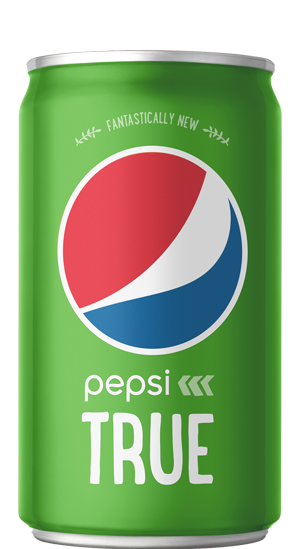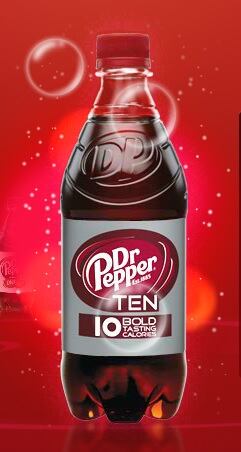In the same way semi-skimmed milk has become the norm for many milk consumers, mid-calorie drinks could become popular with those keen to moderate consumption of both sugar and sweeteners.
Richard Hall, chairman, Zenith International, adds it’s crucial for the soft drinks companies to offer choice – something he says innovation by the industry has already created.
Hall will be one of the speakers at Zenith’s Global Soft Drinks Congress in Dubai, March 17-19, 2015. The theme is ‘Thirst for Change,’ with speakers including those from Coca-Cola, PepsiCo, and the American Beverage Association (ABA).
Mid-calorie
Hall defines mid-calorie as a drink with calorie levels significantly below those of regular drinks – usually somewhere between 30-70% of regular calorie content.
Recent launches include Coca-Cola Life (launched in Argentina in 2013, then UK and US in 2014, it claims to have around 35% fewer calories) and Pepsi True (launched in the US in 2014, again with 30% less calories than regular Pepsi) and Dr Pepper’s TEN (launched in 2011 with 10 calories per can).
“The most important new trend to me - which is only in the early stages – is the latest mid-calorie trend,” said Hall.
“I've described these as semi-skimmed soft drinks. While there will always be a preference among some people for regular traditional products and tastes, it may be that enough consumers feel that there’s a middle ground which eventually becomes the new mainstream preference.
“We certainly aren’t there yet, but look at what’s happened with milk. Semi-skimmed has provided the taste and health benefits with a lower fat content. It is an example of what could happen in time.”

A shift to mid-calorie drinks as mainstream wouldn’t happen overnight – Hall suggests it could take 10 to 20 years to take hold. Sweetener innovation takes time: each development has cost factors, blending implications, shelf stability, claims around ‘natural’, and many more.
Soft drinks: between a rock and a hard place.
Hall believes mid-calorie drinks can be successful because they meet one of the few pieces of nutritional advice that never goes out of vogue: moderation.
Mid-calorie is not a new concept, but Hall believes the current movement could have the necessary momentum to go mainstream.
“There have been prior experiments that were not successful: this is a new wave of exploration,” he said. “It’s clear there are groups of people who are concerned about sugar and calories, then there are other groups concerned about sweeteners. The industry is caught by conflicting pressures.”
Let the consumer choose
But Hall dismisses the notion that mid-calorie is simply a way for the industry to hedge its bets: instead, it’s crucial to offer choice, he says.
“In our diets today we are consuming too many calories for the energy levels we now expend. There is a growing industry consensus about choice, about a range of options. By providing choice, you can satisfy all those concerns in the round.”

But is there a danger of too much choice? Does the consumer know, or care, about the difference between Coca-Cola, Coca-Cola Zero, Diet Coke, Coca-Cola Life, Cherry Coke, Diet Coke Cherry or Coca-Cola Cherry Zero?
In a backlash against choice, last month Tesco announced it was pulling 90,000 products – up to a third of its products – to make life simpler for bewildered consumers.
“It’s certainly true that, given all constraints on time and attention span, too much choice can be overwhelming,” said Hall. “But I don’t think there is danger of too much choice. All the pointers are for more personalization and more manageable choice.”
And what if mid-calorie fails?
Hall says it is by no means certain that mid-calorie will become mainstream. Development in sweeteners and drinks could send the industry down a different path – and there’s no knowing which way consumers will go next.
"Consumers are looking for health and taste, price, connection. Regular drinks satisfy a lot of people a lot of the time. It may be in time that zero products are the ones that people end up choosing because the sweetening element is perceived to be as natural as they wish.
“And it may be that people don’t rationalize it at all, they just carry on looking to the flavor.
“But the soft drinks industry has to look to its contribution to overall diets and I think it’s doing that, and taking the lead by providing increased choice.”
But who will shape the next big thing in soft drinks: the industry, or the consumer?

“The consumer can’t respond if the industry doesn’t innovate,” Hall said. “The industry has innovated using its mainstream brands and I think that’s very significant. When brewers first experimented with no alcohol beers, they didn’t use mainstream brands, they used new brands because they were concerned about the impact on mainstream brands.
“Soft drink brands have been bold, invested, created, rolled out new options in a seriously impressive way.
“But ultimately the consumer is the most powerful force and will decide.”
